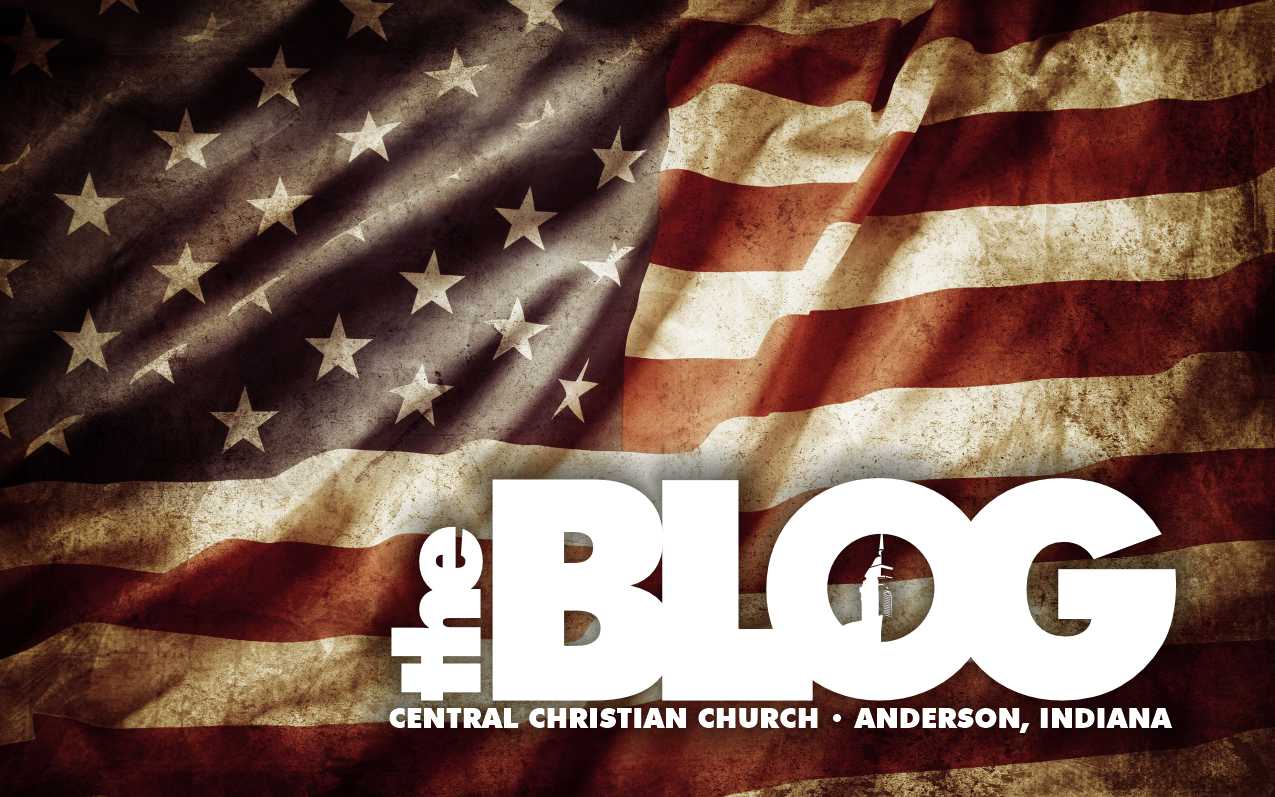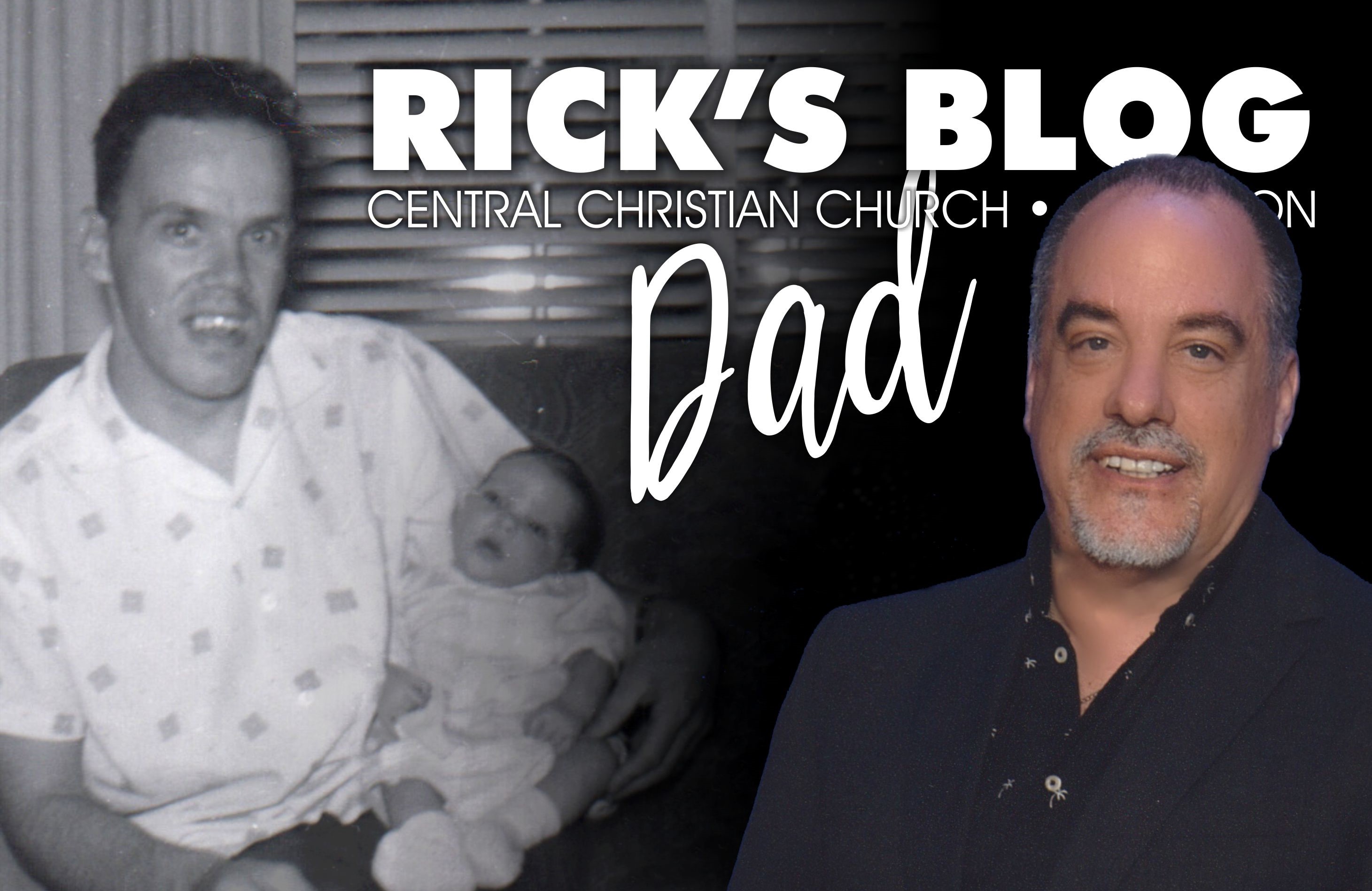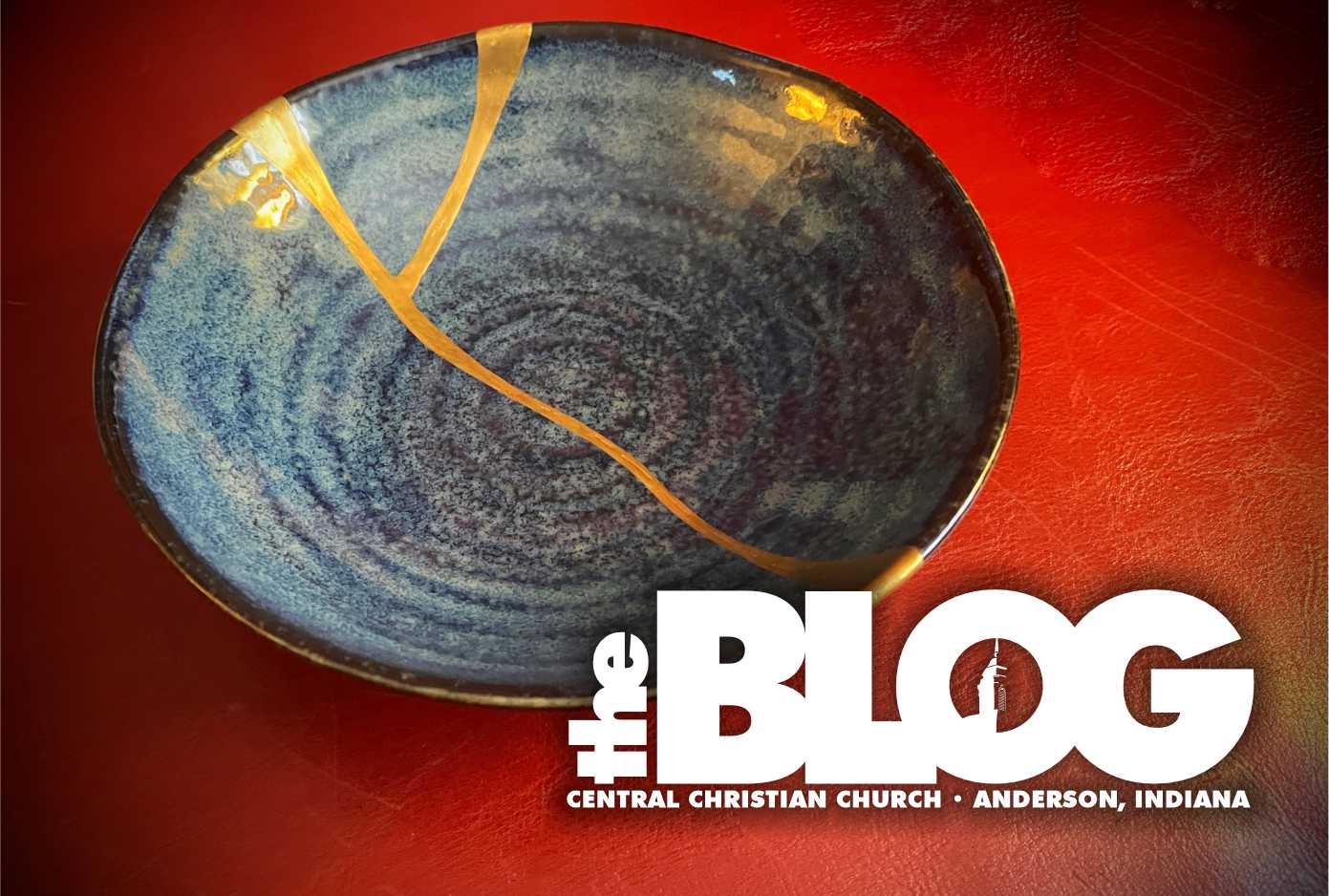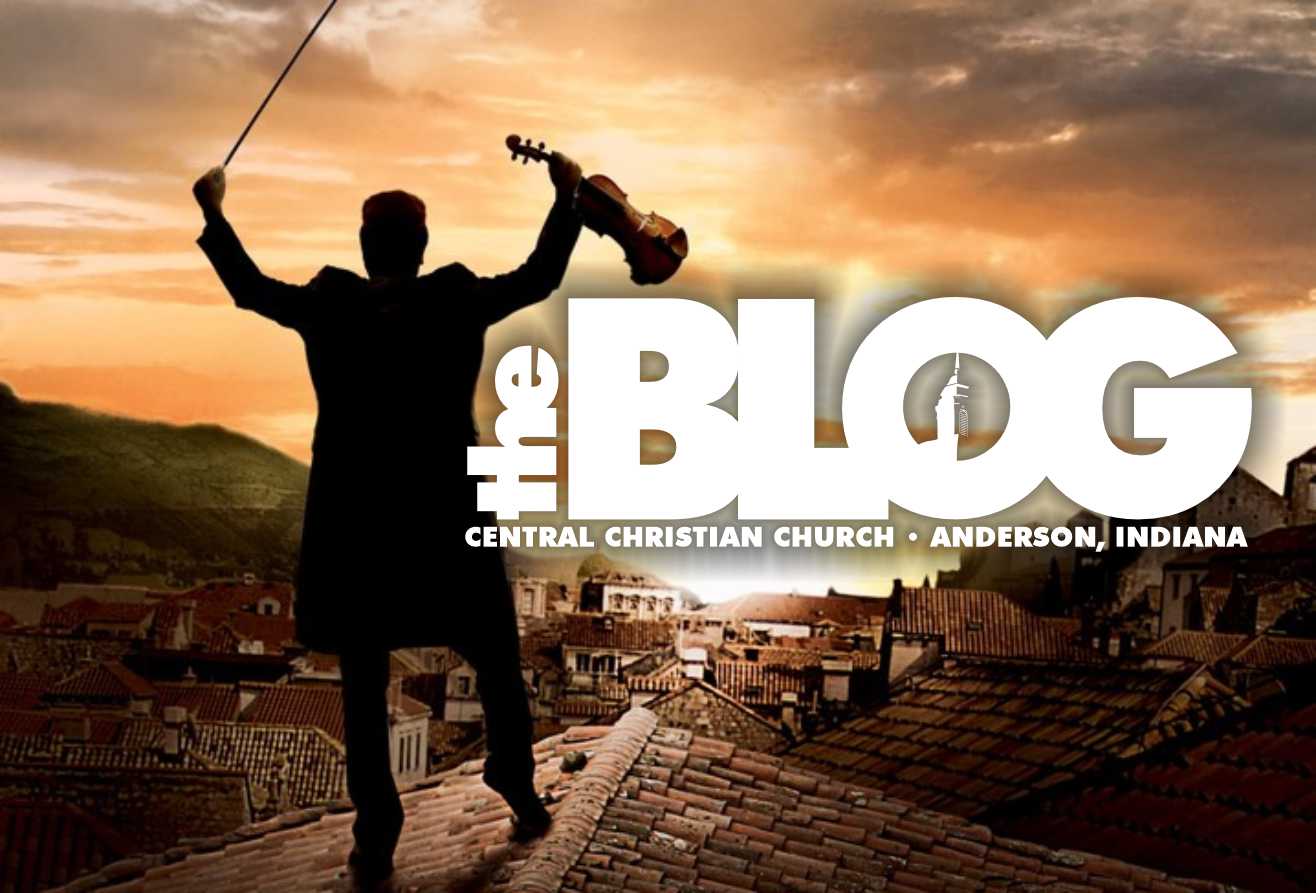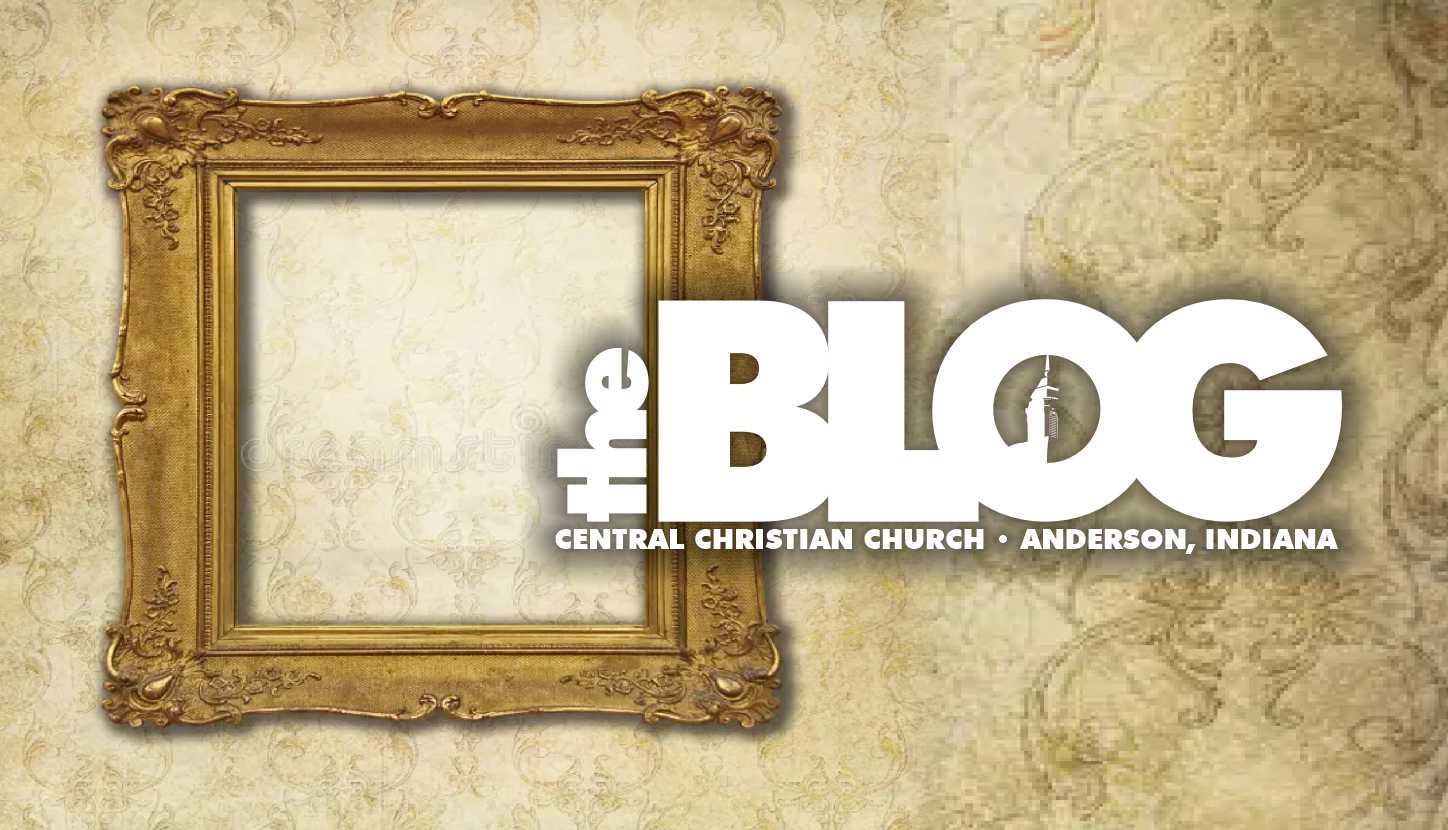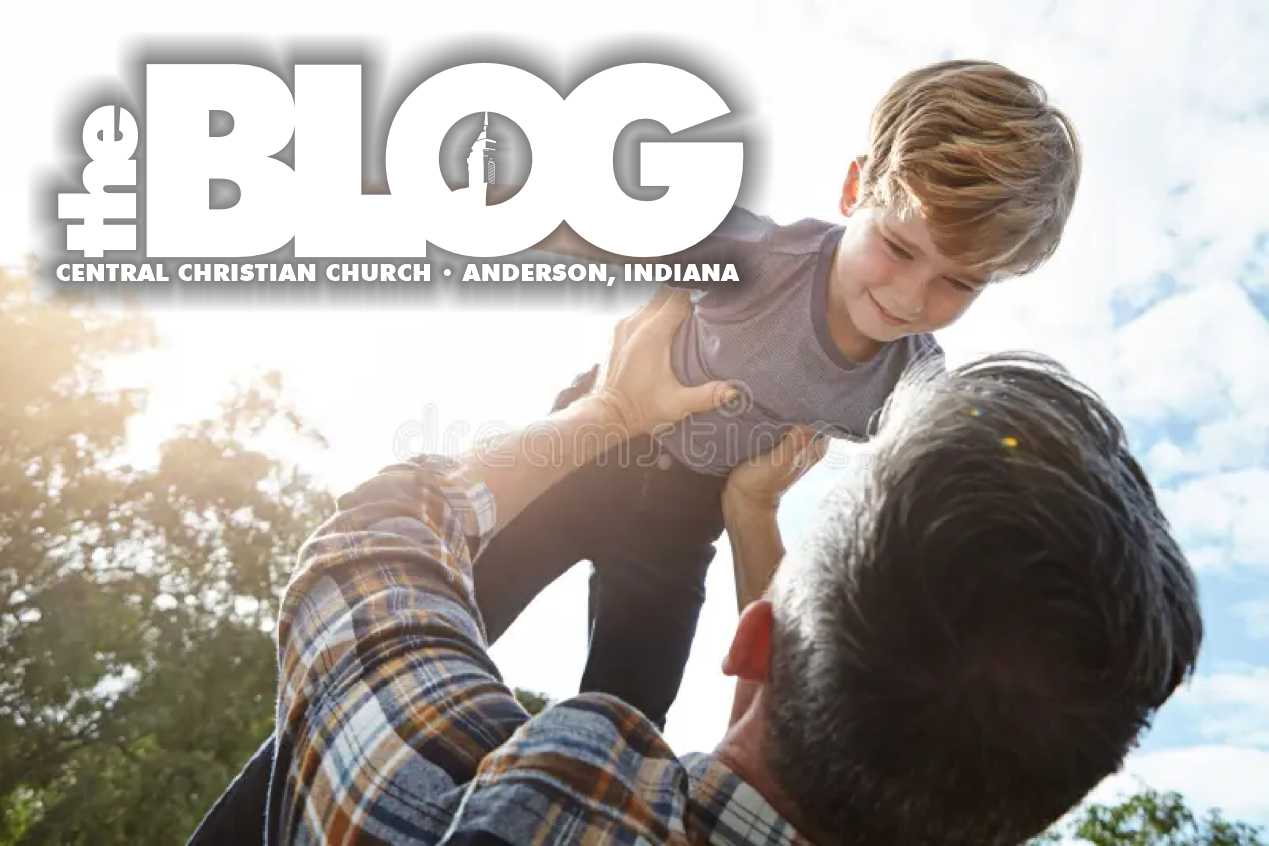A BLOG by Rick Vale
“I don’t believe in God anymore,” I overheard her say to a friend on the phone, while we were both in line at KROGER, “I just know too many hypocrites.”
I was so happy to have a theme for my BLOG that I didn’t turn around and say, “So if you saw a man walking on the streets of Anderson with bad hair, would you stop believing in barbers, too?”
Seriously, when John Hinckley tried to assassinate President Reagan, in an effort to appease the actress Jodi Foster, did anyone blame JODI FOSTER? I know it’s difficult, because for many people Christians are the only reflection of God they see – but please, let’s not blame God for some (not all) of His followers.
This overheard conversation was on the heels of another that I was a part of, just days before, where an acquaintance stated that they had stopped going to their church, after 2019/2020, because they don’t like the new Pastor. That all may be true, and his Pastor may indeed be a moron…but is worship/faith/congregational life about the Pastor…or the sanctuary…or the hypocrites…or the worship style?
On the other hand, is WORSHIP/CHURCH-GOING and BELIEF something we sigh and shoulder, like medicine, or in-laws, or spin class? Absolutely not. Belief/ Worship should unlock doors, unclip wings, open windows…and, in short, set us free!
Unfortunately, Belief and Worship are so strongly tied to individual paradigms, preferences, history and deep-seated emotion that it is difficult to separate all of that from what Worship actually requires.
You and I have songs which suddenly stir up memories and cause us to feel secure, safe, loved…and we want to hear that song in worship (for some it’s AMAZING GRACE and others, LORD, I LIFT YOUR NAME ON HIGH)…it’s what makes worship wonderful for us. However, does my pew-mate, who doesn’t have MY history or sentiment, feel the same way? Of course not. My world does not necessarily define THEIR world.
One congregation, where I ministered, had an extraordinarily great Sacred Dance team: professional and beautiful. Sitting on the same pew, experiencing the same worship moment of dance, one parishioner said that she had a problem with dance in the sanctuary because dance was “of the devil”, as she had been taught. In the same pew was a deaf worshipper who said that she was always thrilled when we had dance because it was the ONE part of worship that didn’t need to be “interpreted” for her.
The woman who didn’t enjoy the dance realized the truth that dance isn’t “of the devil”, but her paradigm and history with dance colored her perception of it in worship, it was generational and based on childhood experience and teaching. The non-hearing worshiper, who had no other experience in church, had no such preconceptions. The first lady wasn’t going to leave the church or stop worshiping because she didn’t enjoy the dance, and the second wasn’t defining ALL of worship by her emotional tie to dance, and limited personal experience of worship…I think BOTH were wise in their decisions.
I like hamburgers (I got that from my dad), and I mourn that red meat no longer likes me. But, in the day, I preferred BURGER KING over McDONALDS, when it came to burger prep. On the other hand, McDONALDS had BURGER KING beat when it came to milk shakes and fries (in MY opinion). BOTH franchises sell burgers, but the rest is up to personal preference, or what “speaks to me” (shakes and fries DO speak to me).
I prefer worship like ours at Central, with scripture, prayer, hymns from the hymnal, communion, pipe organ and some good tradition. Somewhere in town, however, is a church that doesn’t own any hymnals, the Pastor might read one scripture and the songs go on, one after another, for 30-45 minutes…after that the Pastor preaches for an hour…and the congregation LOVES it. Both congregations worship (that’s the burger), but one congregation prefers their worship (burger) with ketchup and the other with mayo. Is one correct and the other wrong? No. If one is unhappy with their worship, should they cease believing? No. Should they find a worship pattern that speaks to them? Yes. As long as they’re serving burgers¸ then it’s just a matter of finding the way one likes it prepared.
When a worshiper sits in worship unhappy and tense because they don’t like the songs, the pastor, the “style” …should they stop believing in worship? Of course not…what they don’t like isn’t “worship”, it’s the peripherals.
When a person labeling themselves as “Christian” treats another human being in a manner that would make Jesus wanna slap ‘em upside the head…should we stop believing in God? Of course not, the problem isn’t God, it’s the Follower.
At the heart of “Belief” AND “Worship” are the same elements: Spirit & Truth / Heart & Mind. Everything else is flexible. Everything else is commentary. Everything else is a “condiment.”
JOHN 4:7-26
A woman of Samaria came to draw water.
“Give Me a drink,” Jesus said to her,
for His disciples had gone into town to buy food.
“How is it that You, a Jew, ask for a drink from me, a Samaritan woman?” she asked Him.
For Jews do not associate with Samaritans.
Jesus answered, “If you knew the gift of God, and who is saying to you,
‘Give Me a drink,’ you would ask Him,
and He would give you living water.”
“Sir,” said the woman, “You don’t even have a bucket, and the well is deep. So where do You get this ‘living water’? You aren’t greater than our father Jacob, are You? He gave us the well and drank from it himself, as did his sons and livestock.”
Jesus said, “Everyone who drinks from this water will get thirsty again. But whoever drinks from the water that I will give him will never get thirsty again — ever! In fact, the water I will give him will become a well , of water springing up within him for eternal life.”
“Sir,” the woman said to Him, “give me this water so I won’t get thirsty
and come here to draw water.”
“Go call your husband,” He told her, “and come back here.”
“I don’t have a husband,” she answered.
“You have correctly said, ‘I don’t have a husband,’” Jesus said. “For you’ve had five husbands, and the man you now have is not your husband. What you have said is true.”
“Sir,” the woman replied, “I see that You are a prophet. Our fathers worshiped on this mountain, yet you Jews say that
the place to worship is in Jerusalem.”
Jesus told her, “Believe Me, woman, an hour is coming when you will worship the Father neither on this mountain nor in Jerusalem. You Samaritans worship what you do not know. We worship what we do know because salvation is from the Jews. But an hour is coming, and is now here, when the true worshipers will worship the Father in spirit and truth. Yes, the Father wants such people to worship Him. God is spirit,
and those who worship Him must worship in spirit and truth.”
The woman said to Him, “I know that Messiah, is coming” (who is called Christ).
“When He comes, He will explain everything to us.”
“I am He,” Jesus told her, “The One speaking to you.”
